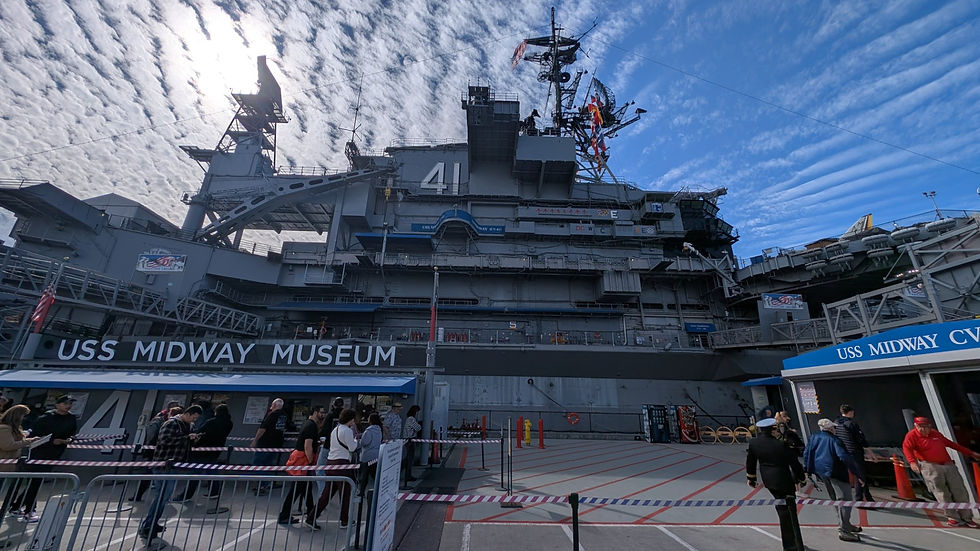
Grumman E-2C Hawkeye
(Click on Picture to Bring Up Full Image)

The Grumman E-2C Hawkeye is an all-weather, carrier-capable tactical airborne early warning (AEW) aircraft. Since the 1960s, it has served as the Navy's "eyes of the fleet," providing early warning, threat analysis, and command and control capabilities for carrier battle groups.
The E-2C Hawkeye entered service in 1973 as an upgrade to the original E-2A and remained operational until it was gradually replaced by the E-2D Advanced Hawkeye, starting in 2010. It features a 24-foot diameter rotating radar dome (rotodome) mounted above the fuselage. Two Allison T56-A-427 turboprop engines power the aircraft, has a maximum speed of 350 knots, and can operate at altitudes up to 30,000 feet. It is typically crewed by five personnel: a pilot, co-pilot, and three naval flight officers who serve as combat information center officers.
Throughout its service life, the Hawkeye has been instrumental in coordinating fleet air defense, directing fighter aircraft to intercept threats, providing surveillance for strike missions, and supporting search and rescue operations. The E-2C's AN/APS-145 radar system could track over 2,000 targets simultaneously and control multiple air-to-air engagements at ranges exceeding 300 miles.
The Hawkeye is one of the few combat aircraft in the U.S. Navy's inventory that has never carried weapons. Instead, it relies on its sophisticated electronic systems to enhance the combat effectiveness of the entire carrier strike group. The aircraft's distinctive design, with its large radar dome, has earned it the nickname "flying mushroom" among naval aviators.
